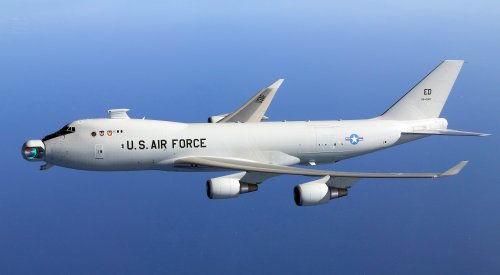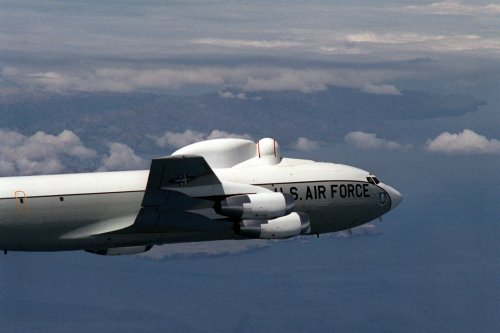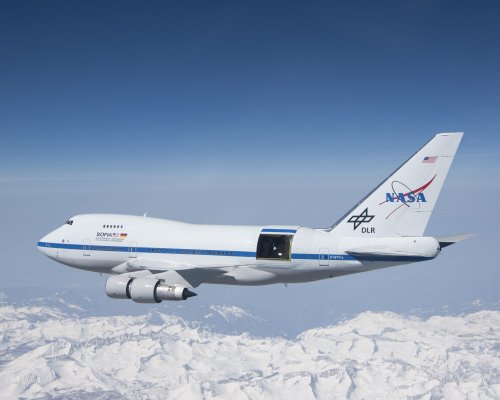As I've pointed out *repeatedly* (and without any objectively substantiated refutation, I might add) in this thread, Allen's ultimate goal, while (for whatever reason - expediency?) taking admittedly highly questionable intermediate steps like expendable rocket stages (yuck!) into consideration, was evidently a fully reusable winged HTHL TSTO RLV, a both worthwhile and promising objective for advancing the goal of a cost effective, reliable, and responsive LEO transportation shuttle. There is of course absolutely no guarantee whatsoever that his conceptual design would have converged and delivered the intended benefits, but I for one deeply mourn his passing, for it represents just one more missed opportuniy for at least trying to help us leave our earthly creadle for good.
Martin






